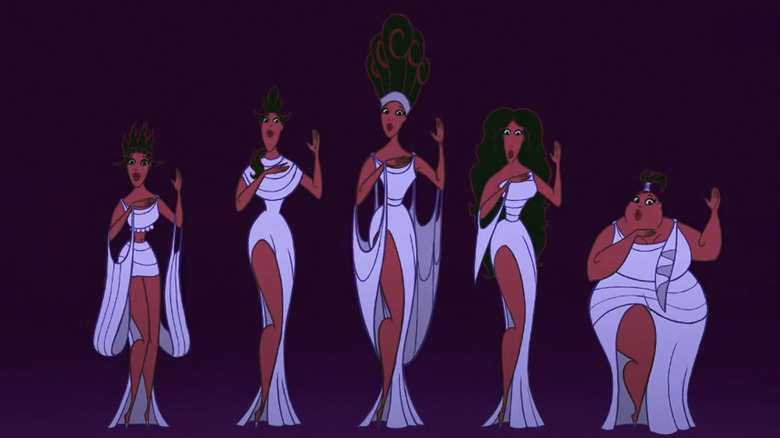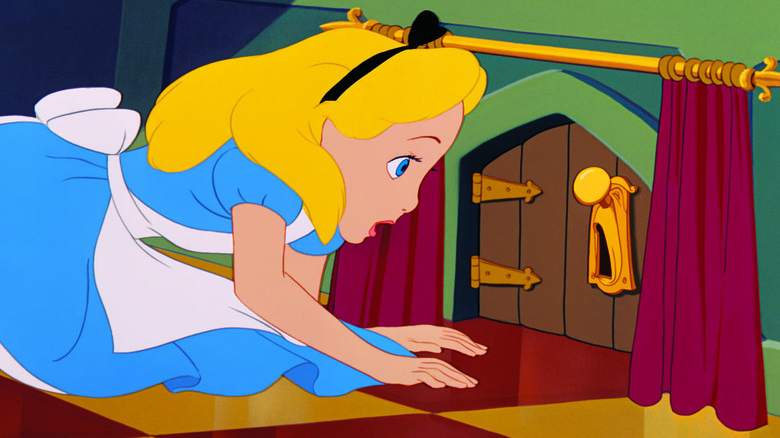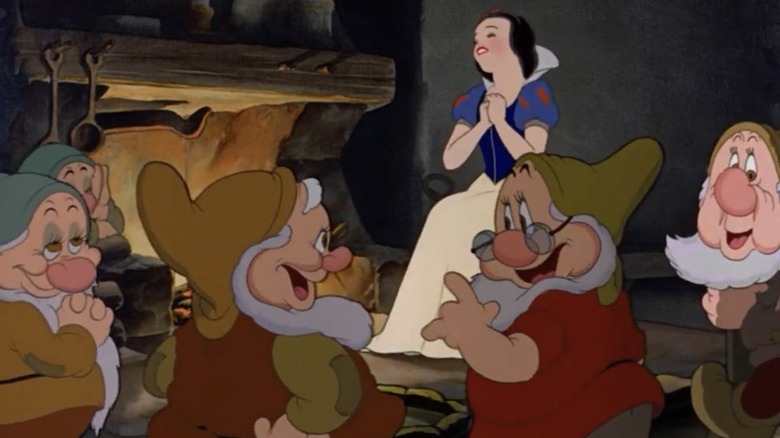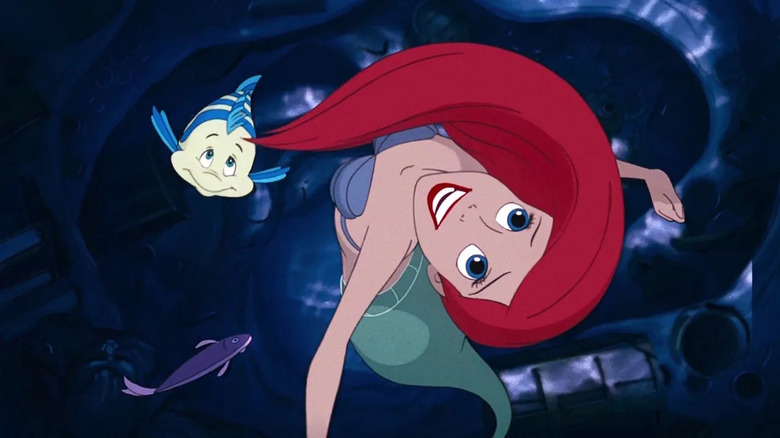Which Animated Disney Movie Has The Most Songs? The Answer May Surprise You
Aside from the story or dazzling animation, music is often what we take away the most from Walt Disney Animation films. In this case, we're focusing on the music accompanied by words, not just the compositional score. The songs are frequently the heart and soul of the movie, bringing to life the characters' emotions and motivations and moving the plot forward through lively melodies and lyrics.
Music also establishes a particular style and atmosphere that is reinforced by the visual aesthetic. It's difficult to imagine the idiosyncratic humor of"Hercules" without the muses' Gospel anthems, or "Lilo & Stitch" without Mark Kealiʻi Hoʻomalu's breezy vocals that immediately transport you to the Hawaiian setting.
The songs are either part of the diegetic story, meaning they are sung and heard by the characters, or a non-diegetic part of the soundtrack, outside the world of the narrative and overlaying the on-screen action. But when it comes down to which Disney animated film features the most songs, the answer isn't as obvious as one might think.
And the winner is ... Alice in Wonderland?
ScreenRant reports that "Alice in Wonderland" holds the record for the most songs in a Disney animated film. Looking at the official track list on Apple Music, there are 16 non-compositional songs. Yet, I really can't recall them aside from the bouncy character-defining tunes "The Unbirthday Song" and "I'm Late" from the Mad Hatter and the White Rabbit.
Rewatching clips, I notice another notable song is the rhythmic "Painting the Roses Red," sung by the playing card soldiers in the Queen of Hearts' garden as they hurriedly try to change the color of white roses to red to avoid her wrath. There's also "All In The Golden Afternoon," with hypnotic, high-pitched choir sounds that perfectly match the sprawling images of vibrant flora and fauna that swirl around Alice.
This scene indicates how the vivid animation of a whimsical world, rather than the music itself, is what stands out in the Lewis Caroll adaptation. What I remember the most about "Alice in Wonderland" are the surrealistic visuals, like Alice turning into a giant and filling the room with her tears — not the collection of short songs, most of which are only two minutes long (and some of which last less than a minute).
Early Disney keeps it simple
Classic Disney films didn't always include so many songs; "Alice in Wonderland" seems to be the exception. "Snow White and the Seven Dwarfs" has only eight. This comparative simplicity makes sense because it was the company's first full-length animated film — the studio's chance to prove it could create something longer and with more narrative depth than a whistling mouse on a steamboat.
In "Snow White and the Seven Dwarfs," the songs are straightforward and pleasant, mainly to establish who the characters are. We see the dwarves' busyness and hard-working lifestyle during their "Heigh-Ho" chant. We learn that Snow White is a lonely young girl yearning to escape the castle and find a better life through her warbling, babyish soprano wishing for a prince to come.
Subsequent films would continue to only have a handful of songs, some even fewer than "Snow White"; "Pinocchio" has six, and "Bambi" contains a mere four songs.
Early Disney films integrate the songs sparingly into the narrative, often used to create ambiance or amplify character traits. Cinderella believes her wishes will come true; Dumbo's loving mother sings him a lullaby; Princess Aurora dreams about someone loving her. They also feature songs performed by an omnipresent choir, often about the wonders of love. This is completely different from the role songs play in films during the Disney Renaissance.
Disney's Broadway-style revolution
Kicking off with 1989's "The Little Mermaid," the Disney Renaissance was a critical and commercial success period for animated films based on fairytales and other well-known stories. During this creative movement, Disney took a Broadway-like approach to the construction of musical numbers. They became extravagant set pieces with intricate choreography and soaring lyrics — veritable showstoppers that significantly advance the plot.
In this new era of Disney filmmaking, the songs were the driving force of the story, exemplified by tracks like "Hakuna Matata" from "The Lion King" where Timon and Pumbaa encourage Simba to abandon his responsibilities at the Pride Lands, or "Savages" from "Pocahontas" which brings the acrimonious conflict between the Native American tribe and English settlers to a dangerous head. These songs have a highly emotional, dramatic thrust that pushes the characters towards the conflict and its eventual resolution.
Disney has also made great use of the "I Want" song, a Broadway device where the characters burst into song because they are so overwhelmed by their desires. While earlier Disney characters (mostly princesses) typically sang of being rescued by a prince, these new Disney protagonists yearn for so much more — like Quasimodo for a life outside the bell tower, Hercules' determination to "Go the Distance," or Ariel to be part of the human world.
Disney songs continue to evolve. The new live-action adaptations tend to increase the number of songs, like "The Little Mermaid," which brought us Lin-Manuel Miranda's dastardly (or genius?) "The Scuttlebutt." In these reimaginings, Disney uses the new songs to not only pad the runtime, but also flesh out different aspects of the story that are glossed over in the shorter animated films, ideally giving the audience a more well-rounded understanding of what the characters are going through, their thoughts and emotions, and even new elements of their backstory.



